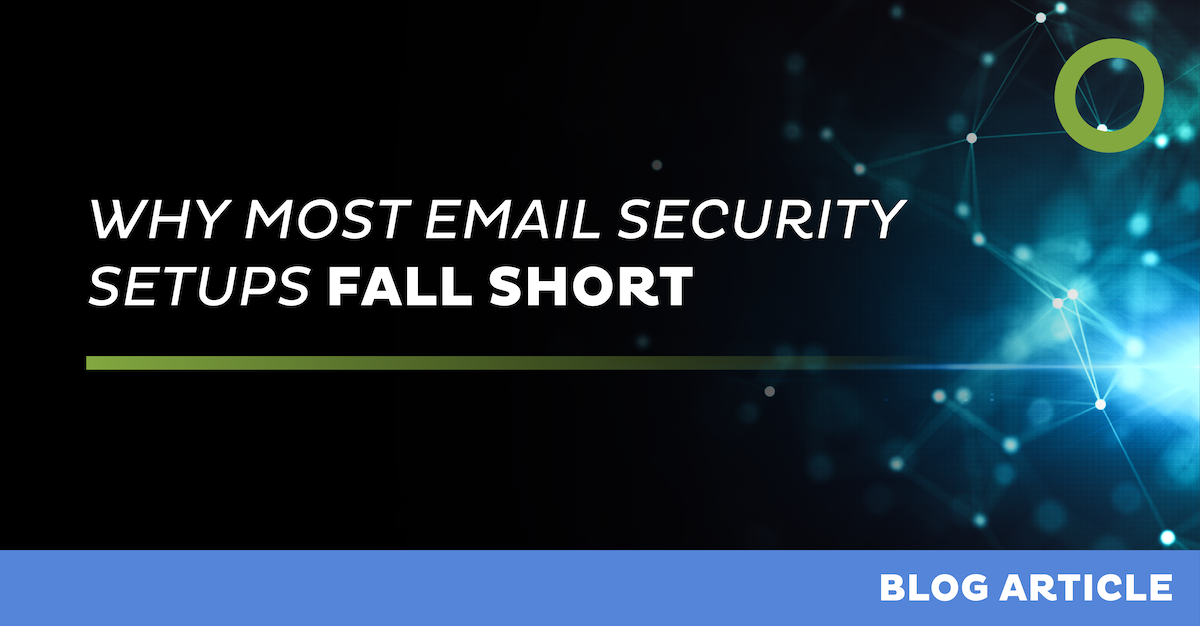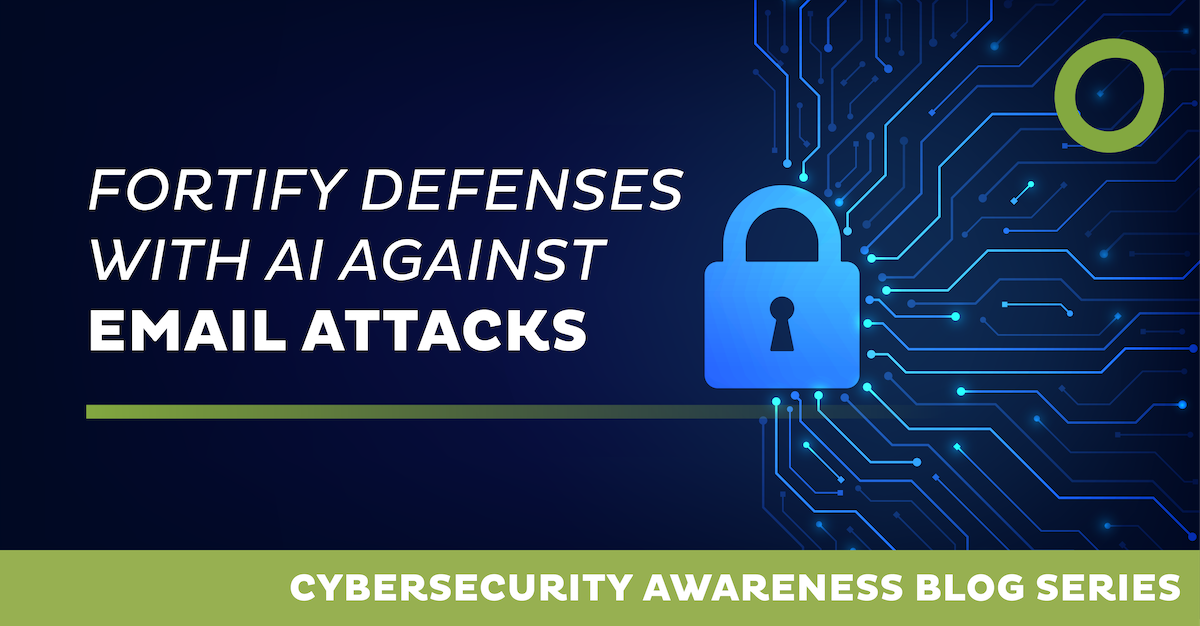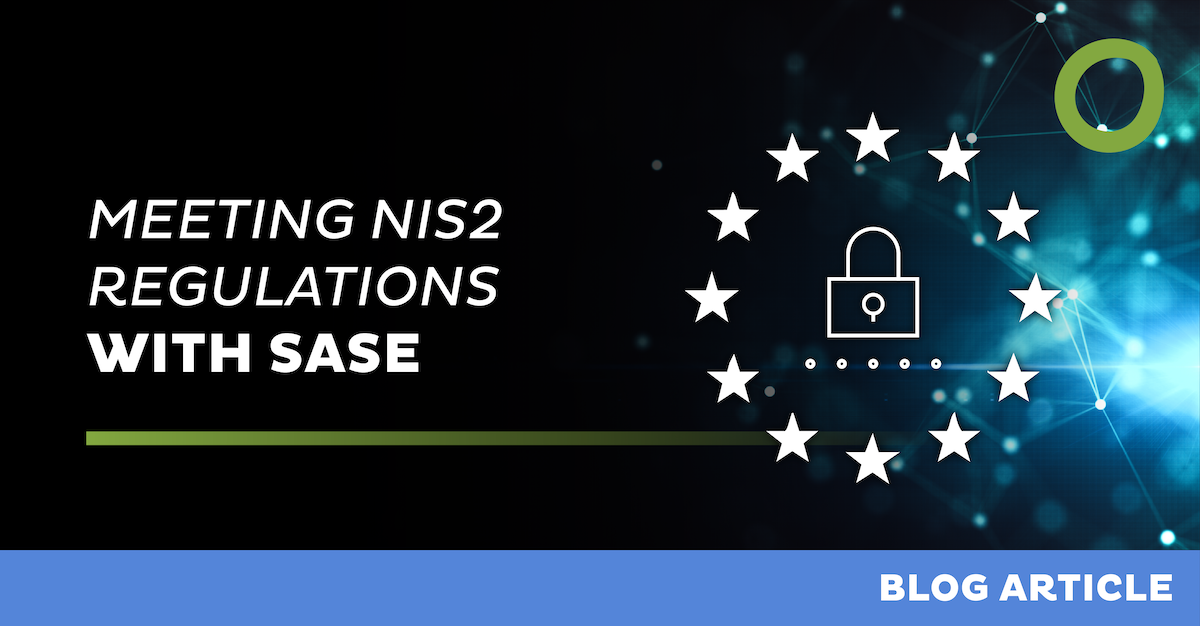
Why Most Email Security Setups Fall Short


And What True Protection Looks Like Today
Email remains the number one attack vector – and unfortunately, most existing email security setups are struggling to keep pace with today’s threat environment.
Recent simulations conducted by xorlab paint a sobering picture: more than 53% of attacks bypassed standard email security measures and landed directly in users’ inboxes. Even sophisticated setups – combining Secure Email Gateways (SEGs) with cloud email security – failed to block a significant number of threats. In fact, in many cases, layering a SEG in front of cloud-native security even decreased the overall detection rate.
But why is this happening?
Detection Setups Can’t Keep Up Anymore
One of the fundamental problems is that static detection models – filters relying mainly on known signatures, blacklists, or predefined rules – are no longer sufficient. Attackers today use techniques that easily bypass traditional defenses: dynamic phishing sites, well-crafted BEC attacks without links or attachments, and AI-generated emails that imitate trusted senders almost perfectly.
The result? A high rate of false negatives: dangerous emails getting through.
xorlab’s data shows that especially Business Email Compromise (BEC) and fraud emails slip through in 68% of cases – a staggering number considering that these attacks can lead to massive financial and reputational damage.
When security stacks are not tuned or updated continuously – because they rely on rigid filtering and slow update cycles – attackers simply move faster than defenses can adapt.
Overwhelmed Security Teams: Caught Between False Positives and False Negatives
At the same time, security teams face another growing burden: the operational overload created by false positives.
According to industry research reports by the Ponemon Institute and Cofense, IT security personnel spend about 25% of their time addressing false positives due to erroneous security alerts or indicators of compromise and false positives account for up to 80% of reported suspicious emails that SOC teams must manually review. This double burden – manually analyzing undetected threats and chasing false alarms – leads to an exhaustion trap:
- Every false negative (a missed threat) forces manual deep-dives to contain potential damage.
- Every false positive (a legitimate email wrongly flagged) demands time-consuming analysis and safe release to the end user.
If email security solutions are not highly precise and well-automated, teams get trapped in a cycle of reactive firefighting, instead of focusing on strategic risk management and proactive threat hunting.
One hypothesis from xorlab’s attack simulation results: setups where SEGs are stacked in front of cloud-native email security often perform worse because they require significant configuration and fine-tuning efforts – efforts that many IT and security teams simply don’t have the time or headcount to maintain.
The best tool, if left misconfigured or poorly maintained, becomes just another weak link.
Operational Gaps Beyond Detection
Beyond pure threat detection, there’s another hidden but critical gap: email operations.
Effective email security isn’t just about spotting attacks. It’s about running a reliable, secure email infrastructure – a task that spans both IT infrastructure and security expertise.
Routine, “invisible” tasks like setting up TLS encryption with new partners, maintaining SPF/DKIM/DMARC records, managing routing policies, or fine-tuning spam and DLP filters often fall between teams – with no clear ownership. Yet these are essential for ensuring that communication stays not only protected but also compliant and efficient.
True operational excellence in email security requires a rare combination of skills: understanding infrastructure fundamentals and modern security practices. Without both, even organizations with strong detection capabilities can expose themselves to vulnerabilities through misconfigurations, gaps in encryption, or operational blind spots.
What Modern Email Security Must Deliver
In today’s reality, a state-of-the-art email security solution must go beyond basic protection and patchwork setups. It needs to deliver:
- Robust Threat Detection – combining classic IOC matching (for URLs, attachments, domains) with AI-driven, behavior- and context-based detection models that adapt to new threats dynamically.
- Automation and Precision – minimizing false positives and negatives, enabling IT and security teams to focus on strategic initiatives rather than daily firefighting.
- Full-Service Operational Support – covering not just threat detection but also email infrastructure tasks, policy management, encryption maintenance, and routing optimization – while offering the flexibility for individual tuning and customization.
Because true email security isn’t just about stopping the known threats. It’s about creating an adaptive, resilient system that protects communication at every level – from infrastructure to human behavior – and allows your teams to spend their time where it matters most.
Leave Complexity
Behind
To learn how Open Systems SASE Experience can benefit your organization, talk to a specialist today.
Contact Us



